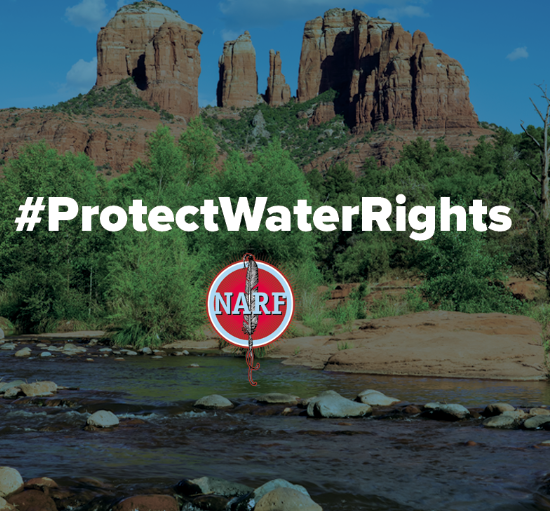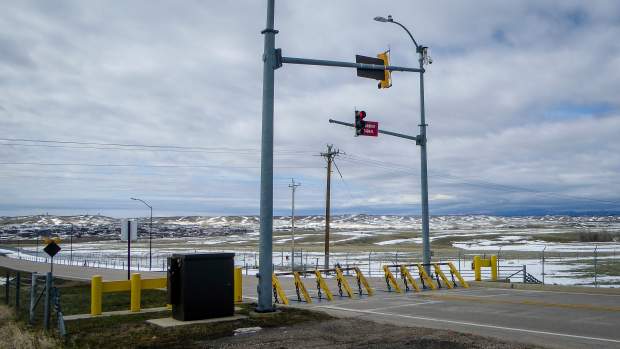Reasserting Sovereignty: Defending Treaty Nations and challenging the governments of Canada and Alberta
Summary
Okimaw Jason Whiskeyjack, Saddle Lake Cree Nation
Okimaw Vernon Watchmaker, Kehewin Cree Nation
Okimaw Henry Lewis, Onion Lake Cree Nation
Okimaw Sheldon Sunshine, Sturgeon Lake Cree Nation
Okimaw Gary Lameman, Beaver Lake Cree Nation
Okimaw Vernon Saddleback, Samson Cree Nation
Okimaw Joel Mykat, Ermineskin Cree Nation
Okimaw Desmond Bull, Louis Bull Tribe
Okimaw Ralph Cattleman, Montana First Nation
We, the tribal peoples of Onihcikiskwapiwin—Saddle Lake Cree Nation, Kehewin Cree Nation, Onion Lake Cree Nation, Beaver Lake Cree Nation, Sturgeon Lake Cree Nation, Ermineskin Cree Nation, Louis Bull Tribe, Samson Cree Nation and Montana First Nation of Treaty No. 6 Territory, as represented by our onikaniwak, hereby make it known to the settler society and Crown governments that, when our ancestors entered into Treaties with the Crown in 1876, they did so to establish a binding and formal relationship based on mutual recognition and shared commitments.
Not mere legal agreements: the Treaties were made through our laws, governance structures, and spiritual traditions that have guided our peoples since time immemorial. Treaty No. 6 is a sacred covenant, witnessed by kise manito, lasting for as long as the sun shines, the grass grows, and the waters flow.
Increasingly we feel that we must bring these understandings to the forefront as all levels of government purport to assert sovereignty, thereby ignoring our existence without clearly and formally recognizing us, the First Peoples on our own lands and territories. As federal and provincial governments navigate the increasingly erratic political climate nationally and abroad, we remind them – there is unfinished Treaty business on the table. Treaty business that requires our free, prior and informed consent and not the manufactured consent of non-rights holding regional or national organizations.
Treaties Are a recognition of our Sovereignty—Not a Grant of Rights
The Treaty-making process did not create new rights—making Treaty is recognition of pre-existing rights and a commitment to respect them, without any interference. This is confirmed in the Treaty of Niagara and the Two Row Wampum that is also found in petroglyphs on our lands, carrying oral traditions of Treaty teachings. The Crown required our consent through Treaty making to enter our territories and we agreed to share our lands, laws and way of life. Our ancestral leaders, matriarchs and headmen, entered into these agreements based on our own laws and governance structures, establishing an ever-enduring relationship. At no point did we surrender jurisdiction and Inherent authority over our lands, resources, and ways of life.
Canada and the Crown’s ongoing Treaty obligations
When Alberta became a province in 1905, it did not supersede the Treaty or the permanent relationship it conferred. The Treaty relationship remains between our Peoples and the Crown, with all parties bound by the sacred commitments. Canada did not replace the Crown as a Treaty partner but inherited the legal obligations and remains responsible for upholding the Treaty responsibility.
Treaties were made through oral agreements, traditions, and our governance structures. These understandings remain central to the Treaties full meaning, true spirit and true intent. The Crown’s written record does not override the oral commitments and shared understandings that our ancestors upheld when entering Treaty.
The Province of Alberta’s claims of jurisdiction over Treaty lands relies on the 1930 Natural Resources Transfer Agreement (NRTA). The NRTA was passed without our free, prior and informed consent does not override Treaty rights. Treaties remain the highest authority governing our relationship with the Crown, and no unilateral provincial or federal policy changes that.
Premier Danielle Smith’s stated claims of sovereignty and ownership violate the fundamental principles of the Treaty relationship. Her alliance with 'Take Back Alberta' demonstrates an agenda that desires to assert control over our lands that were never ceded nor surrendered to the province.
We call upon King Charles III, our ally through Treaty, to uphold the Crown’s binding Treaty obligations, which remain in full force and effect. We demand that the Government of Canada fulfill its legal obligations by publicly rejecting Alberta’s overreach and reaffirm that Treaty lands remain under the jurisdiction of our peoples.
Canada must assist us to prevent Alberta from continuing to encroach and overreach on matters that require our free, prior and informed consent. We seek support from all international community and legal bodies to remind Canada of its duty to uphold the Treaty agreements we made with the Imperial Crown.
A global call to Defend the Treaty relationship and demand Honour of the Crown
We call upon:
- The Crown, through King Charles III, Great Britain and Canada, to uphold the binding Treaty obligations.
- The Government of Canada to intervene on Alberta Premier Danielle Smith’s overreach to our lands, resources and Treaty obligations.
- All allies and Treaty supporters to reject Alberta’s encroachment and undermining of the Treaty relationship
- The international community, including the United Nations Special Rapporteur on the Rights of Indigenous Peoples, to ensure Canada respects its legal obligations.
- Investors and businesses to recognize that economic stability depends on respecting Treaty rights and tribal peoples’ sovereignty.
Our lands continue to be governed according to Treaty, and we will ensure that the obligations and protections enshrined in those Treaties are upheld.
We will enforce our Treaty rights through legal, diplomatic, and international channels to prevent any further violations by Alberta or Canada.
We will continue to resist all activities that undermine our lands, rights, and responsibilities for future generations.
On behalf of the tribal peoples of Onihcikiskwapiwin—Saddle Lake Cree Nation, Kehewin Cree Nation, Onion Lake Cree Nation, Beaver Lake Cree Nation, Sturgeon Lake Cree Nation, Ermineskin Cree Nation, Louis Bull Tribe, Samson Cree Nation and Montana First Nation of Treaty No. 6 Territory.





























